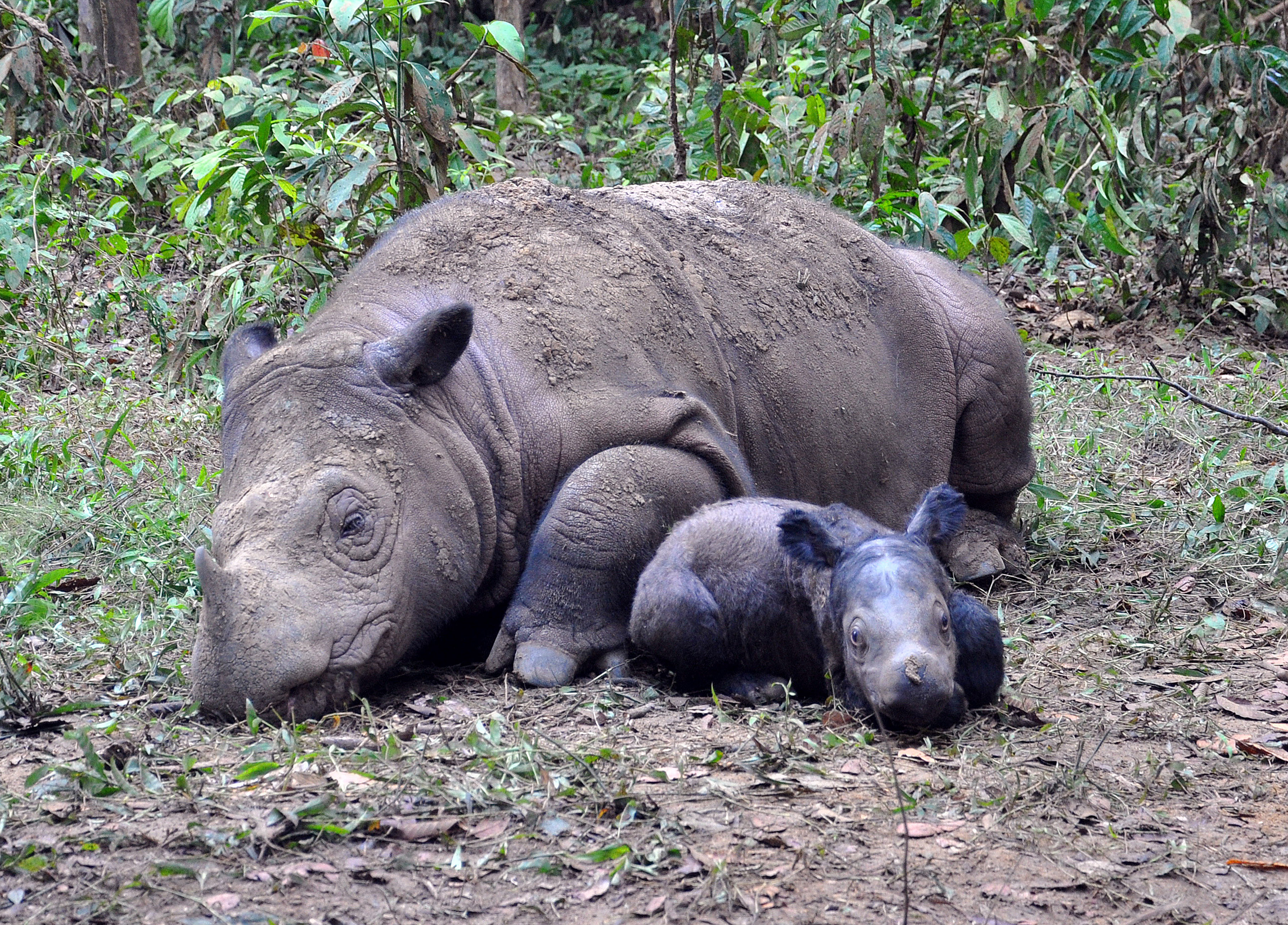In the realms of Southeast Asia, a region once hailed for its extraordinary biodiversity, a haunting truth lurks - the looming specter of extinction menacing some of its iconic species. Nature magazine once lauded this area as hosting six of the world's 25 biodiversity hotspots, yet today, many inhabitants of this diverse landscape are perilously perched on the edge of survival.
According to the latest report from the International Union for Conservation of Nature (IUCN), several species native to this region have been catapulted into critical states of endangerment. Among these, the plight of the Javaan Slow Loris stands as a grim testament to the havoc wreaked by viral internet fame. Initially obscure, these primates gained sudden notoriety through viral videos, triggering an upsurge in illegal trafficking, primarily fueled by the insatiable demand for these nocturnal creatures as pets. The trade, having shifted into the digital realm, operates clandestinely through online platforms, eluding law enforcement and imperiling the survival of this species.
Similarly imperiled is the Pangolin, hailed as the most trafficked mammal globally. Hunted for its meat deemed a delicacy in some cultures and its scales, occasionally utilized in the production of illicit substances, this solitary creature faces a grave future. Recent confiscations of over a hundred pangolins from illegal trade networks illustrate the dire magnitude of this crisis, with their black-market value soaring to staggering heights.
Even the diminutive Malayan Sun Bear, grappling not only with habitat loss due to rampant logging but also falling prey to traditional medicinal practices, teeters on the brink of jeopardy. Its body parts, ranging from fat to bones, are sought after in various traditional remedies, propelling the demand that continues to decimate its population.
A glimmer of hope dimmed by a stark reality emerges with the discovery of the Batang Toru Orangutan, an entirely new species uncovered in Sumatra. However, this novelty is overshadowed by distressing statistics, with their population dwindling to fewer than 800. Illegal human activities such as road construction, trade, and poaching relentlessly gnaw at their chances of survival.
The Snub-Nosed Monkey, a recent discovery in the dense forests of northern Myanmar, shares a fate akin to its primate counterparts. Struggling to eke out an existence in the face of illegal activities, planned developments, civil unrest, and relentless hunting, this species hangs precariously on the brink of extinction.

Among these dire cases stands the Sumatran Rhinoceros, perhaps the most imperiled of all rhinoceros species. Suffering a staggering 70% decline in the past two decades, their population, officially estimated at a meager 100 individuals, likely masks a bleaker reality. The relentless assault on their habitat and poaching menace pushes this species closer to the precipice of extinction.
These distressing accounts underscore a haunting reality - the irrevocable loss of these emblematic creatures from Southeast Asia's tapestry, a dire warning echoing for the next century unless urgent and concerted conservation efforts are swiftly mobilized.
Here's a breakdown of the endangered animals in Southeast Asia presented in a list format:
- Here's a breakdown of the endangered animals in Southeast Asia presented in a list format:
- Javaan Slow Loris
- Red list status: EN (2008) to CR (2013)
- Habitat: Java and Indonesia
- Plight: Viral internet fame led to a surge in illegal trafficking for the pet trade, now operating online and evading law enforcement.
- Pangolin
- Red list status: NT (2008) to EN (2013)
- Habitat: South and Southeast Asia
- Threat: Considered the most trafficked mammal due to demand for meat and scales, fetching exorbitant black-market prices.
- Malayan Sun Bear
- Red list status: VU (2008) to VU (2017)*
- Habitat: Malaysia
- Peril: Threatened by habitat loss due to logging and sought after for traditional medicine, risking population decline.
- Batang Toru Orangutan
- Red list status: not assessed
- Habitat: Sumatra, Indonesia
- Challenge: Recent discovery of a new species, but with a population of fewer than 800, facing threats from human activities.
- Snub-Nosed Monkey
- Red list status: EN (based on estimates) to CR (2012)
- Habitat: Northern Myanmar
- Risk: Found in remote forests, faces threats from illegal activities, civil crisis, and habitat loss.
- Sumatran Rhinoceros
- Red list status: Ongoing decline
- Habitat: Sumatra, Indonesia
- Plight: Most endangered rhinoceros species, experiencing a 70% population decrease, possibly down to just 100 individuals.
Each species illustrates a tragic narrative of survival against mounting threats, underscoring the urgent need for comprehensive conservation strategies to avert their potential extinction.
Each species illustrates a tragic narrative of survival against mounting threats, underscoring the urgent need for comprehensive conservation strategies to avert their potential extinction.



















